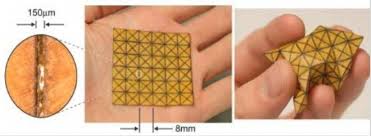Programmable Matter: The Future of Material Science

Course Content
Introduction
-
Definition of programmable matter
00:00 -
Importance of programmable matter in material science
00:00 -
Purpose of the eBook
00:00